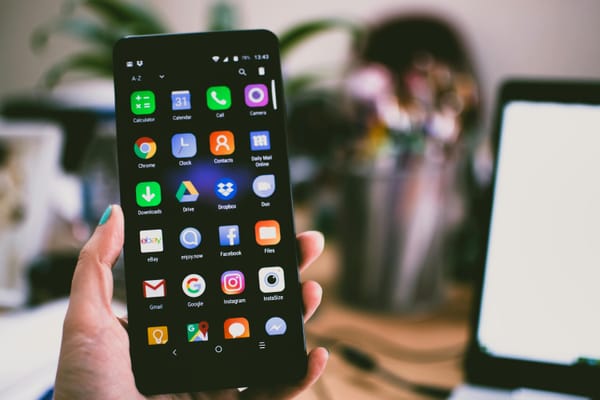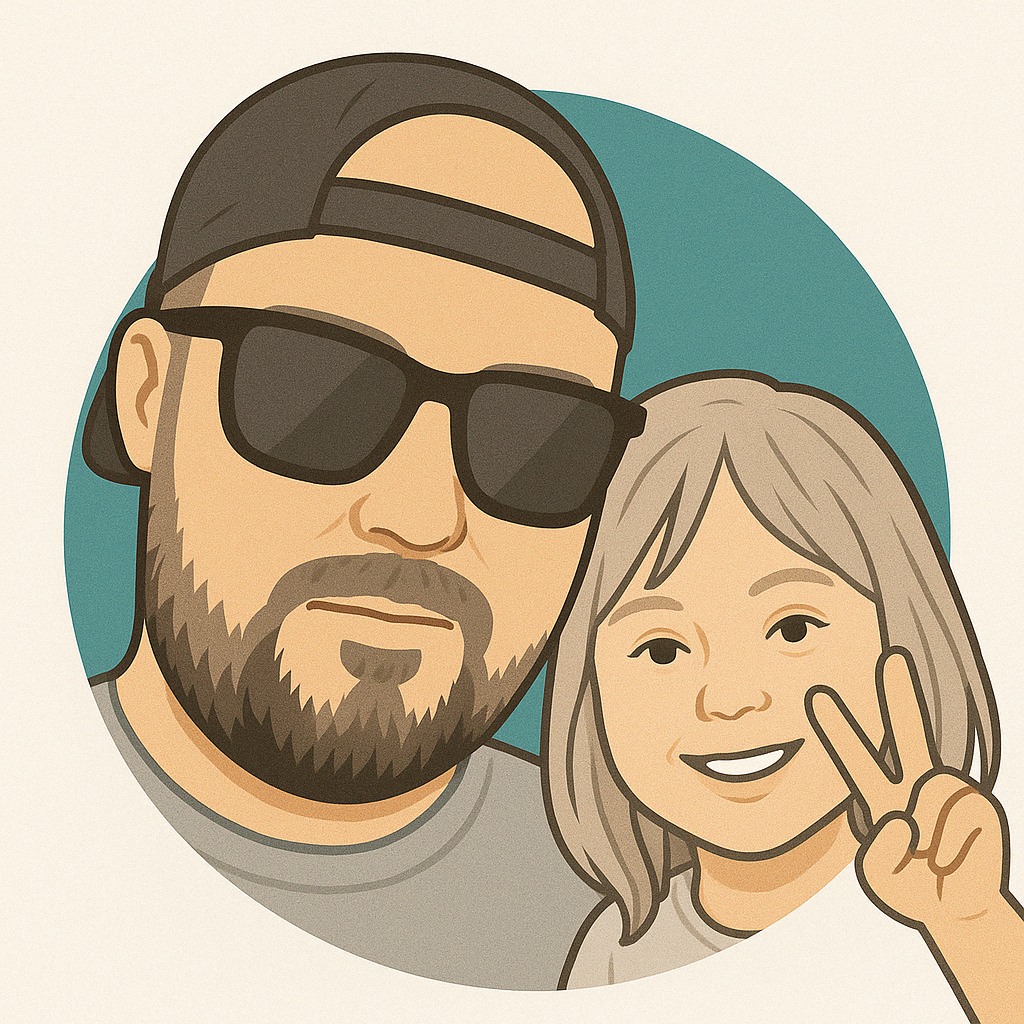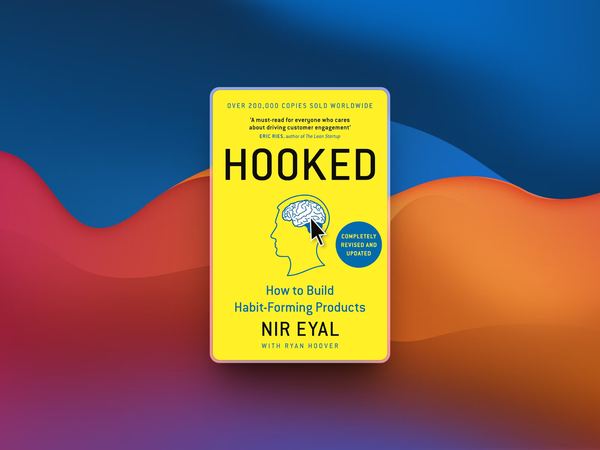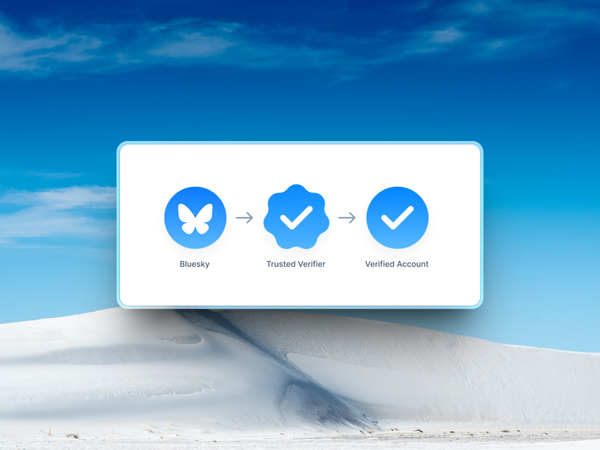User onboarding—it’s the make-or-break moment for users deciding whether to stick around or move on.
In 2025, we think it’ll be all about removing friction and providing a seamless, intuitive start.
If users don’t quickly find value, they’re likely to bounce. Think of the last time you came up against friction either in an app or on the web - did you bounce?
For SaaS businesses, mobile apps, and digital products, the onboarding experience is essential for turning curiosity into loyalty.
Get it right the first time, and you're setting the tone for the rest of the user experience.
So, how can we create more welcoming, effective onboarding experiences?
Let’s dive into the trends shaping the future of user onboarding and explore what they mean for user experience design.
Why User Onboarding is Still a Struggle
Despite UX advances, many onboarding experiences still fall short—intrusive, confusing, or overly complex.
A significant pain point is the lack of a personalised journey, leaving users feeling unsupported and undervalued. Here are some common issues:
- Generic Experiences: Impersonal instructions that fail to address individual needs can feel like a waste of time, reducing engagement.
- Feature Overload: Overwhelming users with every tool and option from the outset causes confusion and disengagement.
- Disruptive Pop-ups: Excessive notifications or prompts break user flow, often just as users are getting comfortable.
The focus in 2025 is clear: reduce friction, provide more tailored onboarding flows, and make users feel in control. What about removing onboarding altogether?
Curious? Read on to find out more.
Key Trends in User Onboarding for 2025
To truly future-proof onboarding, it’s time to lean into these upcoming trends, creating an experience that feels engaging, intuitive, and welcoming.
1. AI-Powered Chat UI: Real-Time Personalisation
Imagine an onboarding experience that adapts to each user’s needs in real-time, guiding them based on what they’re actually doing.
AI-powered chatbots can now adjust the onboarding flow according to user behaviour and profile data, creating a sense of having a personal guide.

For example, if a user explores advanced settings early on, AI might adapt to offer relevant tips without overwhelming them.
AI-driven onboarding offers the best of both worlds—users can get hands-on support without intrusive instructions.
However, the key is subtlety.
Users should feel as though they’re engaging with a knowledgeable assistant, not a robotic bot. When AI adapts thoughtfully, it empowers users rather than directing them along a rigid path.
2. Choose Your Own Adventure: Giving Users Control
In 2025, onboarding will offer more freedom for users to personalise their journey.
Rather than funnelling everyone through the same process, companies can present options, allowing users to choose what they want to learn.
Imagine if users select from options like “Basic Setup,” “Advanced Features,” or “Explore Independently.” Would this help, or hinder the onboarding process?

Offering choice from the beginning makes onboarding more enjoyable and respectful of individual preferences. This approach particularly benefits experienced users who don’t need a guided tour.
However, striking the right balance is crucial—newer users may still need a clear roadmap. Providing choices ensures everyone feels catered for while reducing the frustration of unnecessary steps.
3. Data-Driven Personalisation: Making Onboarding Relevant
Personalisation has been around for years, but in 2025 it will play a larger role in onboarding. By drawing on user data, such as industry, previous actions, or role-specific needs, onboarding can adapt dynamically.
AI also has the potential to take personalisation to the next level.
Imagine logging into an e-commerce platform where the onboarding process is uniquely crafted to fit your business model, whether you're a B2B vendor or a direct-to-consumer brand.
Instead of a one-size-fits-all experience, B2B users are introduced to features like bulk ordering, integration with procurement systems, or streamlined invoicing options—tools that help them manage complex transactions and client relationships.

Meanwhile, direct-to-consumer brands see tools designed to drive individual customer engagement, such as personalisation options, product recommendation engines, or abandoned cart recovery.
By highlighting relevant features, the platform helps each user type get up and running faster and with a clear sense of how the platform meets their specific needs.
This tailored onboarding experience not only makes the learning curve shorter but also increases user satisfaction and speeds up adoption, as users are immediately shown how the platform can add value to their unique operations.
However, it’s essential not to make users feel pigeonholed into a “type.”
Balancing personalisation with flexibility is key. When done right, data-driven onboarding is a powerful tool that respects user diversity without confining them to a particular path.
4. Streamlined “Get Started” Pages: Prioritising Value
In 2025, we expect “Get Started” pages to become leaner, focusing on a few essential actions to help users reach value faster.
By cutting out unnecessary steps and keeping only what matters most, these streamlined pages let users access core features and functions more easily.
A simplified “Get Started” page is a win for users’ time and attention. However, it’s crucial to provide subtle links or a “Learn More” option for users who wish to dig deeper.
Not all users appreciate a guided onboarding experience, especially those who are familiar with similar tools or prefer a self-exploration approach.

Instead of an onboarding flow that walks users through every feature, we’re hoping to see more products opt for stripped-down approaches, focusing only on essentials and offering optional, discoverable tips.
Many users prefer to learn by doing.
A heavy onboarding sequence can feel restrictive, and for experienced users, this can feel more like an obstacle than a helpful guide.
Allowing these users to skip or customise onboarding aligns with the “choose your own adventure” trend, granting users more control over how they navigate.
We think the best onboarding process will be one that's adaptable, offering both a quick start for those in a hurry and an in-depth path for those who need it.
5. Embedded In-Line Banners: Assistance Without Disruption
In-line banners or tips, embedded within the interface, are a way to guide users without breaking their flow.
As users interact with different features, in-line banners can provide relevant guidance or tips. This approach is about non-intrusiveness: banners appear only when helpful and appropriate.

Embedded banners are a smart, non-intrusive solution for onboarding. They provide users with guidance when it’s needed without appearing overly directive.
However, timing is everything—showing in-line banners only when appropriate ensures they serve as timely aids rather than a distraction.
Why Future-Proofing Onboarding Matters
Looking to 2025, it’s clear that onboarding is no longer a single, rigid journey.
It’s a continuous, adaptive experience that needs to evolve with user expectations. From SaaS to mobile apps, successful products will focus on onboarding that’s flexible, minimally invasive, and user-controlled.
As we move forward, the best onboarding experiences will respect users’ autonomy, use data to create intelligent personalisation, and provide guidance in subtle ways.
Onboarding shouldn’t feel like a test; it should be a smooth and engaging transition that makes users feel at home in a new product.
To all the UX designers, product managers, and growth teams: start planning for these trends now, because users in 2025 will expect nothing less than effortless, helpful, and highly personalised onboarding experiences.

